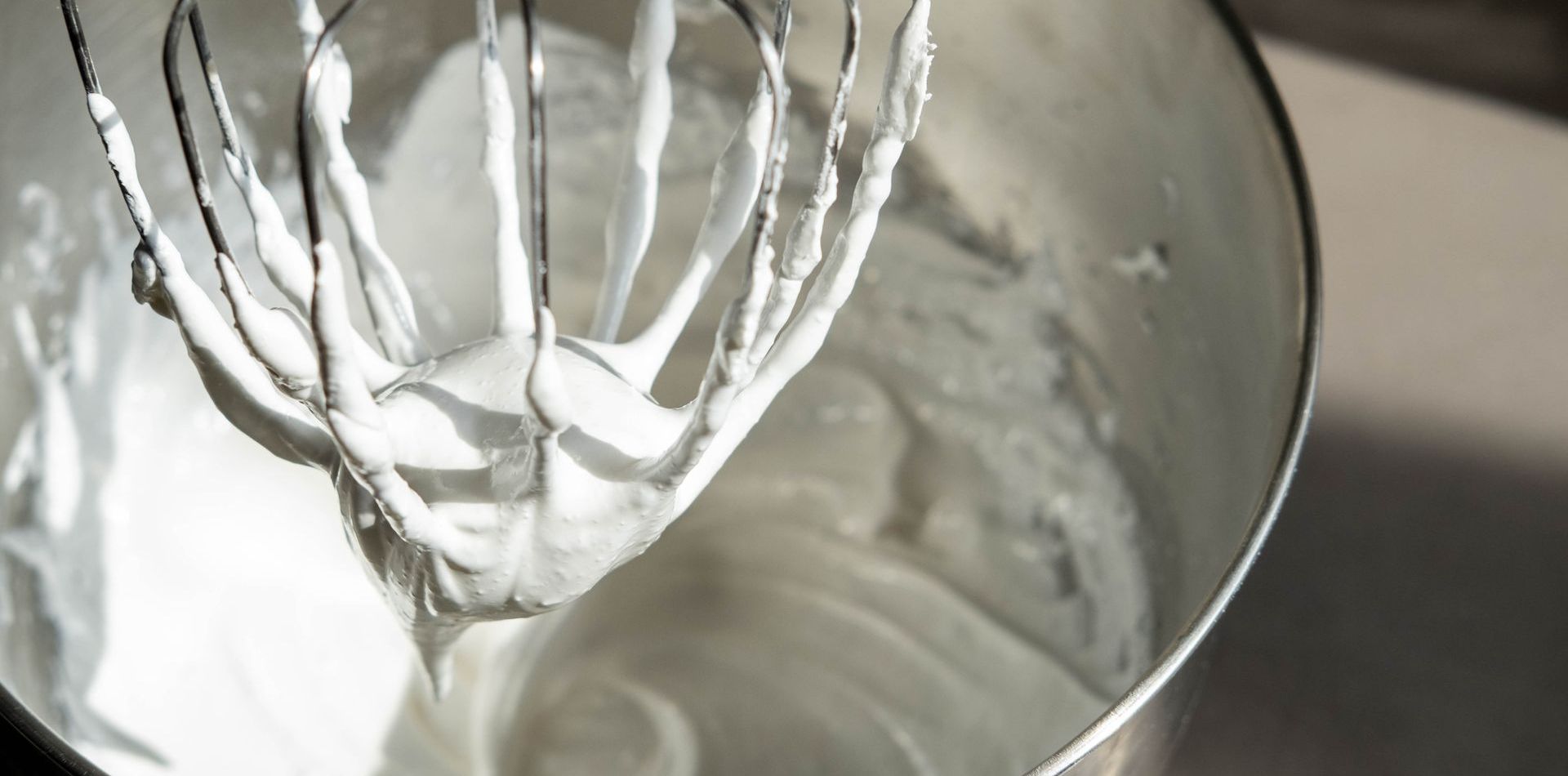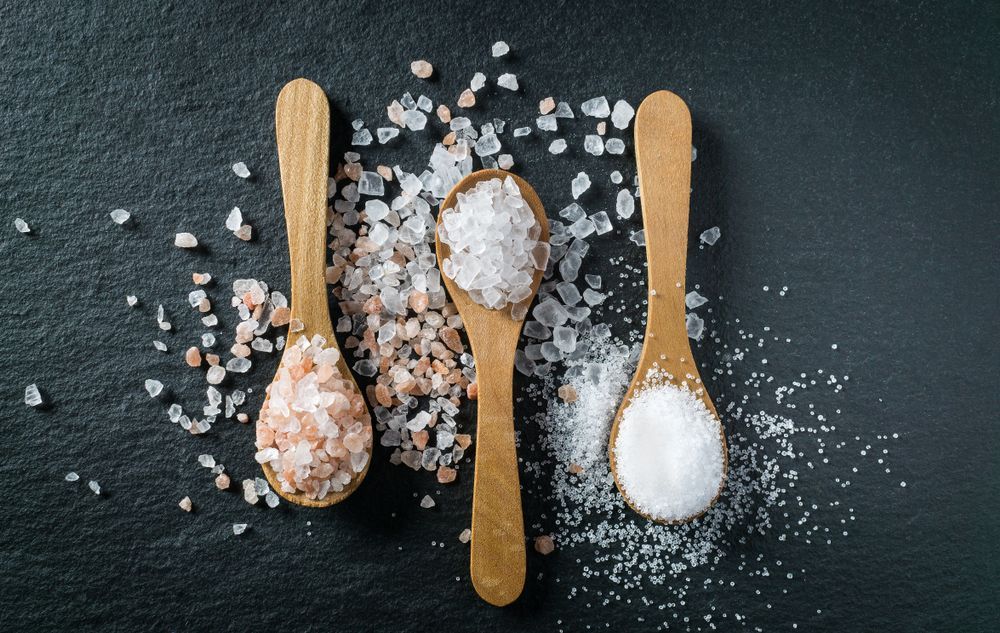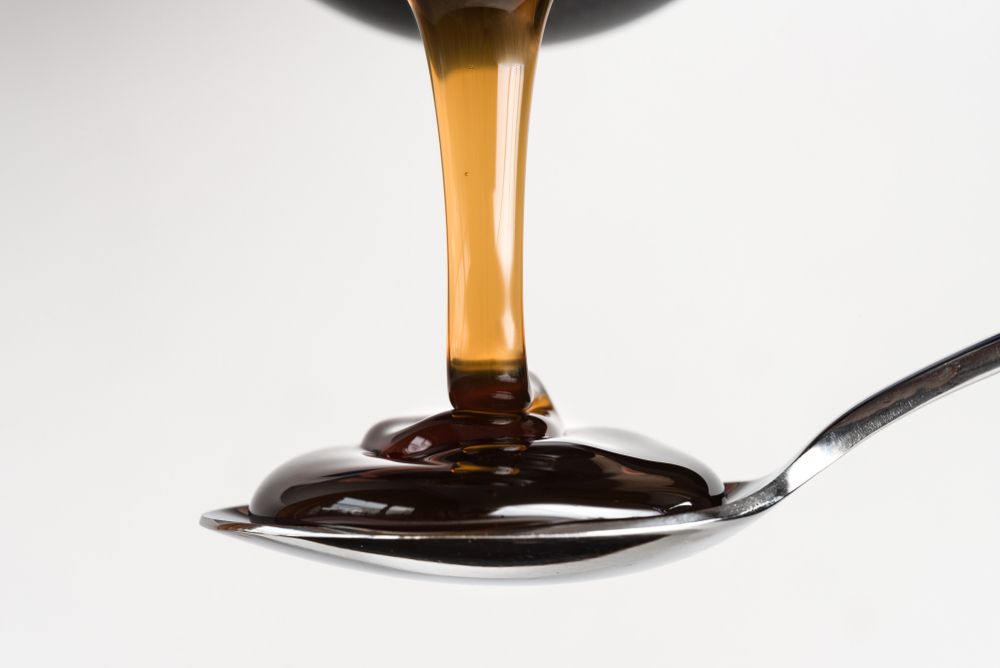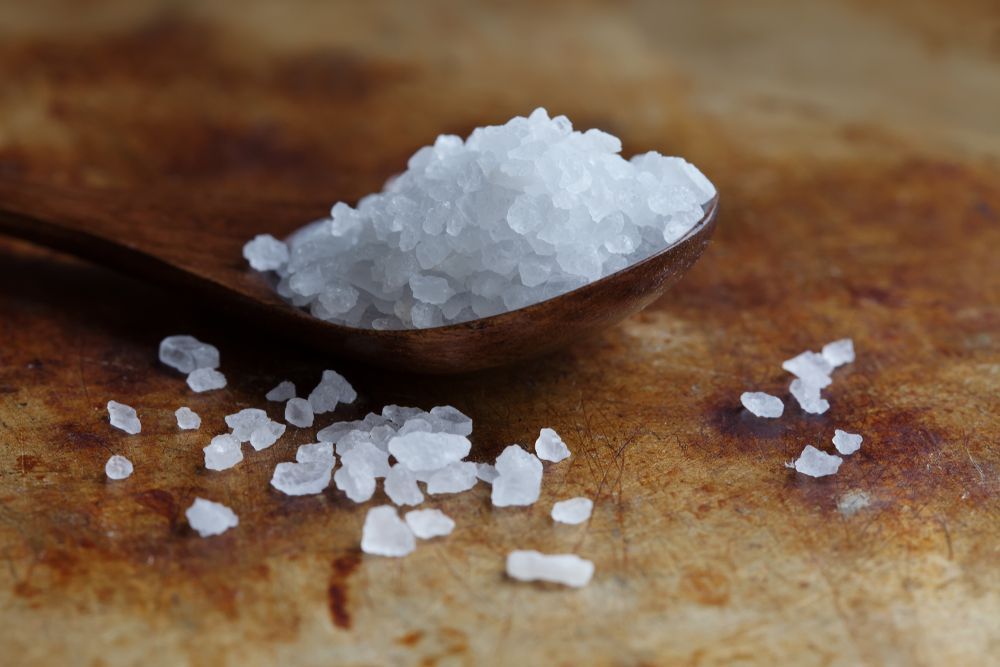Types of Sugars Used in Baking
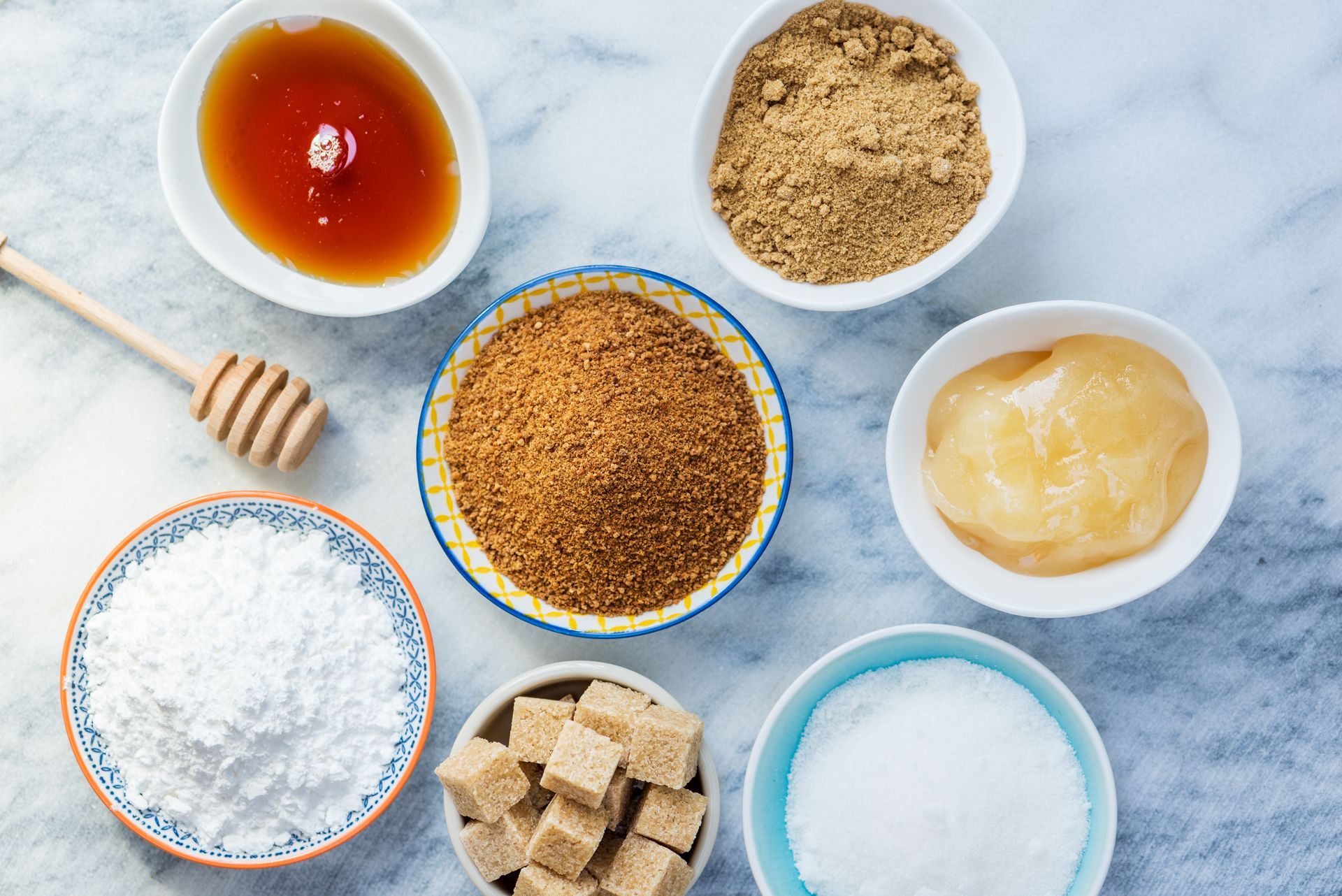
What Does Sugar Do Within Baking?
If you think the sole purpose of sugar in baking is just to add sweetness, then you would be mistaken! Of course, many would argue that is sugar's main purpose, but the roles of sugar elevate baked goods by doing more than just added sweetness. Bakers can impact the texture, structure, color, and moisture of your baked goods, all by controlling the amount of sugar you use and the type of sugar you choose. Sugar is key to balancing the other salty, acidic, or bitter flavors. Without it the proper amount, you will notice the absence of a fullness sugar brings to the table, many refer this to mouth feel. Sugar retains water to help with moist cakes, helps create stiffer meringue peaks when combined with egg whites, and can brown quickly to create caramelized pie or bread crusts. Sugar not only helps with creativity, but is completely essential in the baking process, and switching up the type of sugar you use only opens up creativity even further.
Category of Sugars in Baking
Large scale production of different candies and desserts may require a variety of sugars to get the job done. If you are limiting yourself to just granulated white sugar, you are missing out on an endless amount of tasty results by experimenting with unique flavors and textures. Some sugars are designed for a specific purpose, making it easier for confectionary makers to achieve their desired look and taste while using less product and saving time. We are going to categorize the different types of sugars for baking by their typical uses and strengths.
Everyday Sugars Within Baking
What sugars do you grab for the most often? The sugars you tend to reach for daily can be categorized as everyday sugars, as you will need to use these sugars in your everyday recipes. These are your workhorse sugars which can realistically cover all of your needs if you want to keep your operations simple.
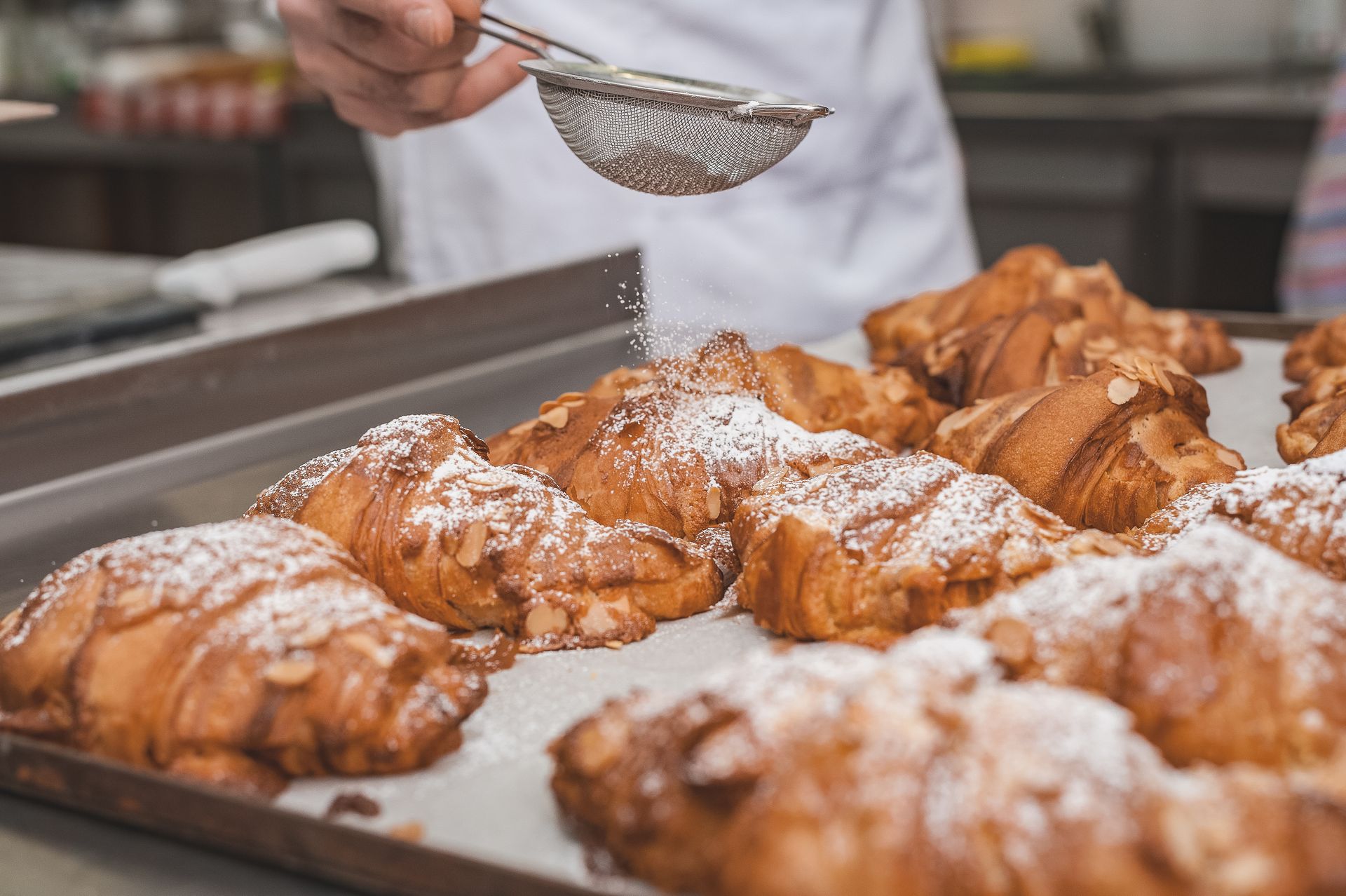
Granulated Sugar
Likely what you think of when someone asks for sugar, granulated sugar, or table sugar, can really be used in any instance calling for sugar. Granulated sugar is a real Goldilocks of sugars, with its medium-sized crystals, neutral taste, and neutral color, this sugar is incredibly versatile, and just right for a wide variety of recipes.
Powdered Sugar
Also known as confectioners sugar, the ultra-fine powdered sugar is something all bakers should have on hand. Most use powdered sugar when you need an easy to blend sugar for frostings and icings. It is also commonly used to decorate cakes and add additional flavor and texture by sprinkling some on top.
Brown Sugar
After granulated sugar, brown sugar is likely your next go-to. Brown sugar adds molasses to the mix, giving it a slightly bolder and darker color. Since it has a softer texture than granulated sugar, it imparts the softness to baked goods as well.
Finishing Sugars Within Baking
Some sugars are specifically used to elevate the presentation of your baked goods. They aren't used very often in the recipes themselves, but instead used on the finished product, hence the name, finishing sugars. This doesn't make them any less important. These sugars are still very commonly used to decorate treats and are useful in other applications as well.
Turbinado Sugar
Think of a hybrid between brown sugar's taste and a coarse sugar's texture, and you have turbinado sugar. Since it's not as easy to dissolve you might not want to use it as a substitute in recipes, but its coarse texture adds a nice crunch and light molasses flavor to the tops of cakes, cupcakes, muffins, and other desserts.
Demerara Sugar
Demerara sugar is incredibly similar to turbinado sugar, but it removes more of the molasses for a lighter flavor. It should be used in the same way you would use turbinado sugar.
Sanding Sugar
Sometimes referred to as sparkling sugar, sanding sugar consists of extra coarse crystals like turbinado and demerara sugar, but the crystals are clear and can typically be added as a garnish even before you bake, since the crunch stays even after you add heat.

Fondant & Icing Sugar
This ultra fine sugar is specifically designed to help quickly create frostings and fondants for decorating your cakes.
Liquid Sugars Within Baking
Liquid sugars, commonly used to dissolve in other liquids and beverages, have a role in baking as well. While you may not be able to do a 1:1 substitute, liquid sweeteners can yield some interesting results to take your desserts to the next level.
Honey
Use honey as a natural sweetener to add a flowery note to your baked goods.
Agave
Another great option for a mild honey-like flavor, with a golden hue.
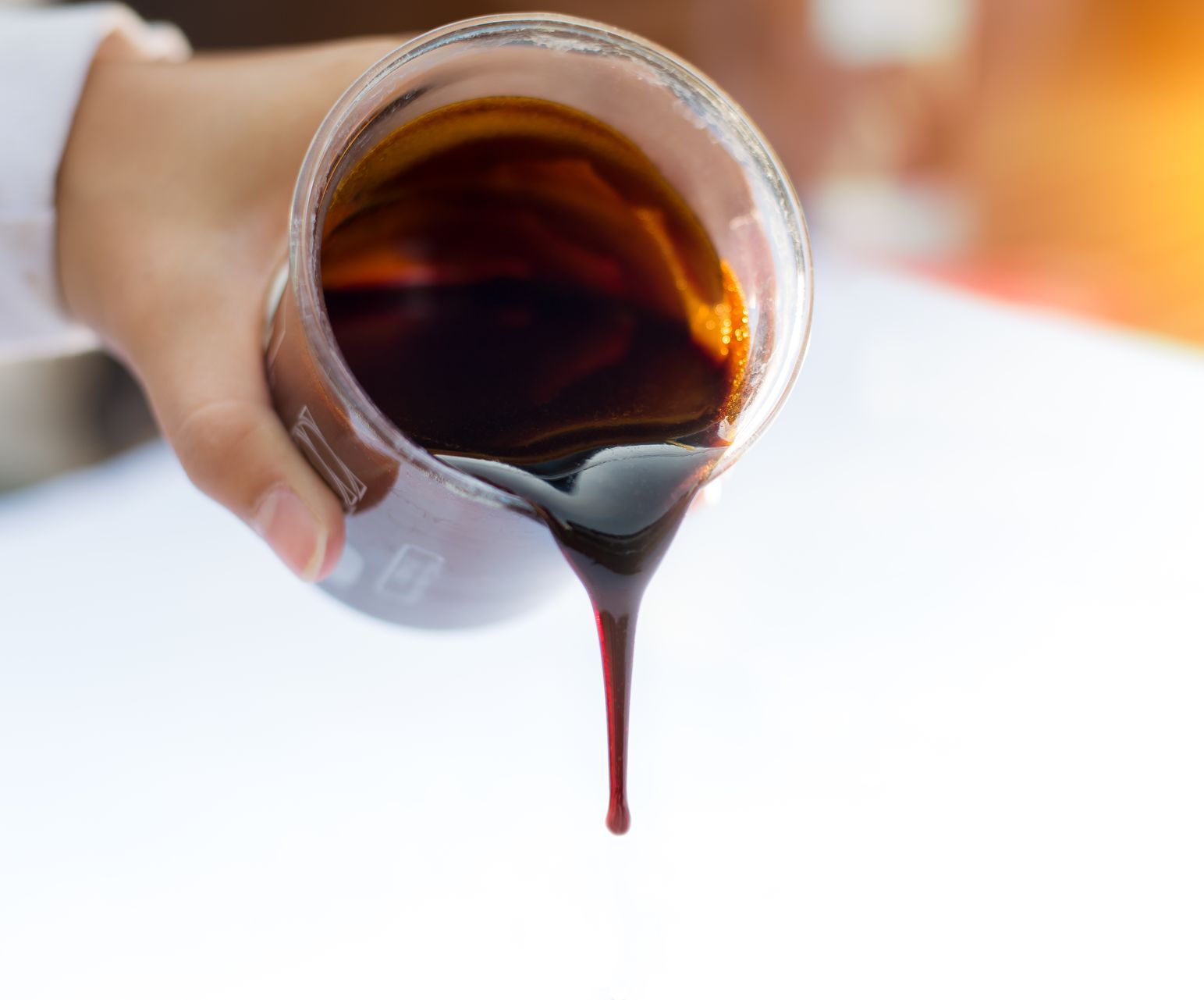
Molasses
If you're looking for a robust flavor to add to your gingerbread or cookies, molasses offers a unique dark color and thicker texture to beef up your treats.
Corn Syrup
Not to be confused with high fructose corn syrup which is more processed and sweeter, corn syrup is created from corn starch and is used in many bakeries today. Corn syrup comes in both light and dark versions.
Maple Syrup
Another naturally occurring sweetener found in trees,
maple syrup is truly unique. Its prominent flavor should only be used when you want a maple flavored dessert.
Alternative Sugars Within Baking
In addition to all the sweeteners above, you can also find uses for more unique types of sugars for baking when you want to create specifically flavored desserts.
Coconut Sugar
Coconut sugar's color and caramel flavor notes seem similar to brown sugar, but its texture is grittier and with other unique flavors.
Maple Sugar
Using this granulated version of maple syrup will give you the same flavor as the liquid version. Maple sugar makes excellent fall themed baked goods.
Date Sugar
Mare from ground up dates, this sugar will give you a gritty texture and fruity taste great for garnishing cakes.
Superfine Sugar
Called baker's special sugar, these ultra fine crystals make this the perfect sugar for blending into whipped toppings for desserts.
Whole Cane Sugar
This type of sugar retains some flavor of the sugarcane while being processed, which is also known as unrefined sugar. Whole cane sugar keeps some of the bitter, vegetal notes of sugar cane.
